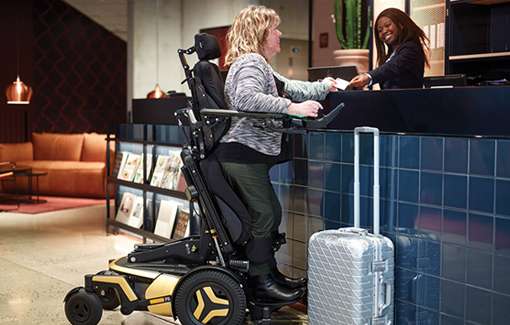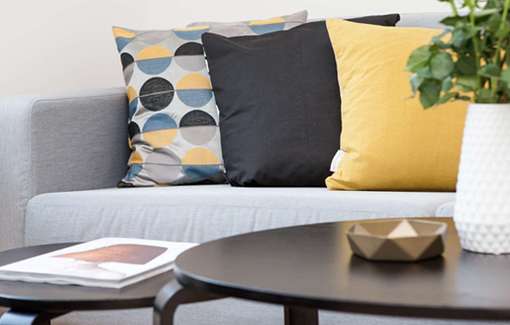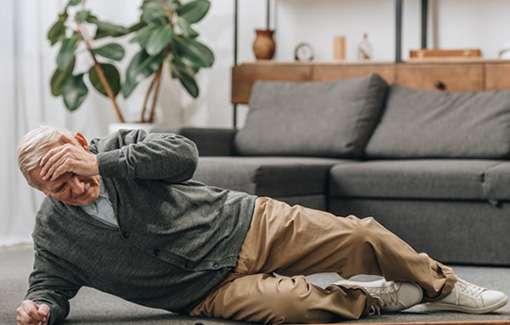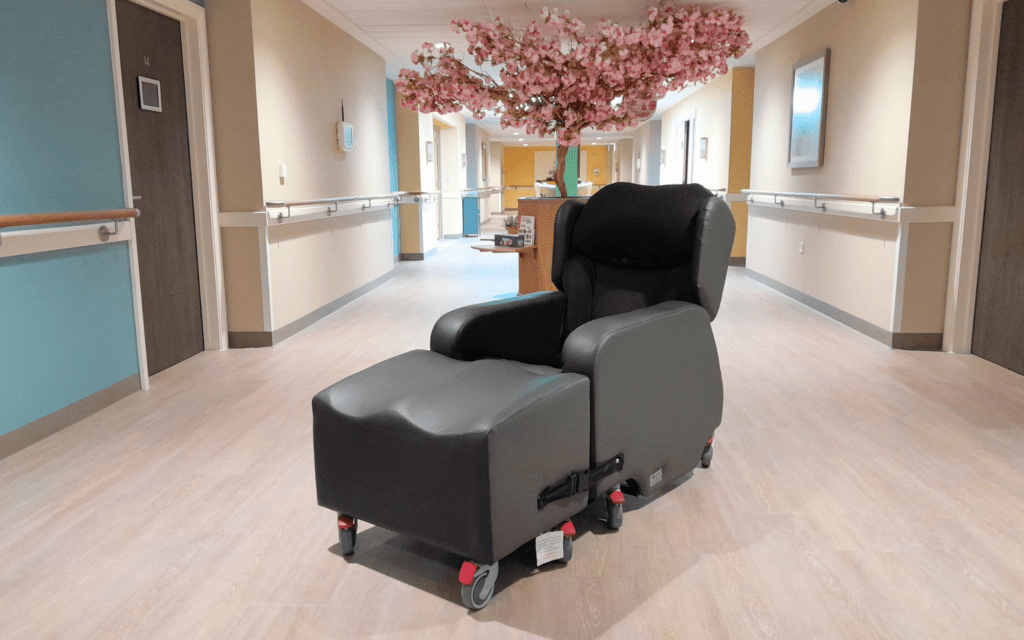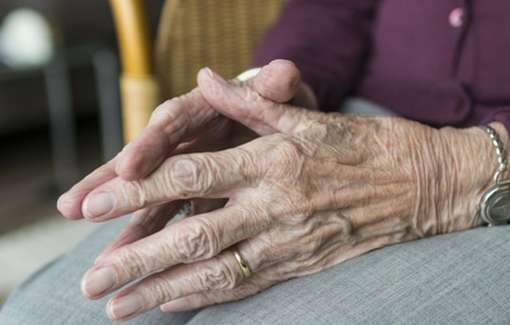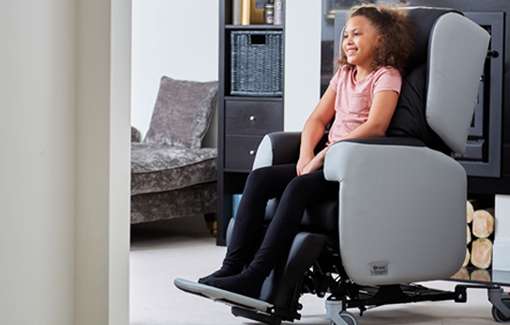Hoorah! September is World Alzheimer’s Month. That means that around the world, people are focusing on fundraising and spreading awareness of Alzheimer’s and Dementia.
Jump straight to…
It sometimes takes a village to explain the difference between these two illnesses. I have only recently got my head around Alzheimer’s and Dementia, and then, ironically, I almost always forget which way around it goes! I like to think of it in terms of this:
What is Dementia?
Dementia is an umbrella term. That means that it’s a big thing that covers a lot of smaller factors. Dementia is a brain disorder that can affect how someone communicates and carries out daily tasks. One of the most profound factors that the Dementia umbrella covers is Alzheimer’s.
What is Alzheimer’s?
Alzheimer’s is a disease that only targets specific areas of brain concerned with thought, memory, and language. Although Alzheimer’s can cause Dementia, it’s not the sole contributor. Other things can cause it, but Alzheimer’s is by far the largest factor. So by dedicating a whole month to raising awareness of Alzheimer’s and Dementia, people are helping to clarify and differentiate the two for others who don’t have to visualise a metaphorical umbrella to understand the difference.
Recent research has shown that by altering living environments, those who suffer from these diseases (especially Dementia) can benefit greatly with less stressful situations or perceptual difficulties. These are referred to as Dementia-friendly environments. By creating homes and care environments full of block colours, signposted rooms and fixtures, everyday life can be much less confusing. By keeping Dementia sufferers in a calm and clear place, instances of distress and violence are reduced.
How to make a home Dementia-friendly
On a broader scale, the best way to start with making a Dementia-friendly home is by signposting the different rooms around the house. By having large-print signs on the doors you can avoid a lot of confusion and accidents. It also helps to label things like light switches; using block colour stickers over the base of the switch is a brilliant way of showing whereabouts it’s mounted on the wall.
You also want to make sure that the space is well-lit. Some Dementia patients have problems with perceptual awareness and can get rather upset or puzzled by dark, shadowy areas. This is also why strong colours help to define between different surfaces and objects.
For example, it could be quite a challenge to find a white plate and reflective silver cutlery on a white tablecloth. Items like a Caring Cutlery Range would be perfect for this. The easy-to-hold bold black design can be spotted on the table, meaning that there’s less confusion at meal time. And rather than changing your whole dining set, you could simply pop a Dycem non-slip mat beneath the plate to signify that that is the dining area. The outline of the plate, cup, and cutlery can be perceived better if there is a solid colour behind it.
Other little things like pill organisers can be found online. Making sure that important items are clearly labelled in plain sight is incredibly useful to reducing stress and confusion. Pill box reminders that can fit in your pocket or around your neck, and will give off a sound when medication needs to be taken.
Dementia-friendly care chairs
Dementia sufferers can often face physical deterioration as well, and with poor mobility come another range of problems to face. Aches, pains, and sores can be prevented with specialist care chairs. Models like the Cura provide excellent comfort and care for individuals who find it a bit harder to move around. It can be made to measure for most people, and uses air flow technology to ensure that the user is well-supported and comfortable. It also offers a reclining backrest, a legrest, and a tilt-in-space feature so that the individual can be as comfortable as possible in the chair.
Dementia-friendly bathrooms
The bathroom can also be a cause for concern if you’re caring for someone with Dementia. By popping a colourful toilet seat on the loo, you’re helping to highlight where it is in the room, removing any unnecessary stress that could be caused at toilet time. Taps and faucets can also be hard to identify against the white sink, and even harder to twist and turn on. Bathroom aids like the Crosshead Tap Turners are brightly coloured to signal hot and cold taps, and are easy-to-use so that individuals can immediately identify them and don’t need to struggle with turning the tap on and off.
For those who perhaps suffer from more severe bouts of forgetfulness, the Avero Motion bath has thermostatic taps to regulate the water temperature so there’s no need to worry about scalds and burns. It has an easy access side door so that the individual can easily get in and out of the bath in a calm and convenient manner. For those who perhaps are a little less mobile, the Caprice may be more useful as it has a built-in transfer system to get the individual in and out of the bath with very little effort. Brightly coloured grab rails can also help with getting in and out of the bath, and will be easily identified against the wall.
These are just a few easy steps to help you create a Dementia-friendly environment, but there are loads of other helpful guides and checklists (a few of which we’ve put below) to get you going. Who knows? Maybe you’ll create an environment as good at this assisted living facility in Ohio!
Let us know how you get on in the comments below — any other suggestions or tips are welcome!
Dementia Action — Dementia Friendly Physical Environments Checklist
Focus on Dementia – http://focusondementia.com






